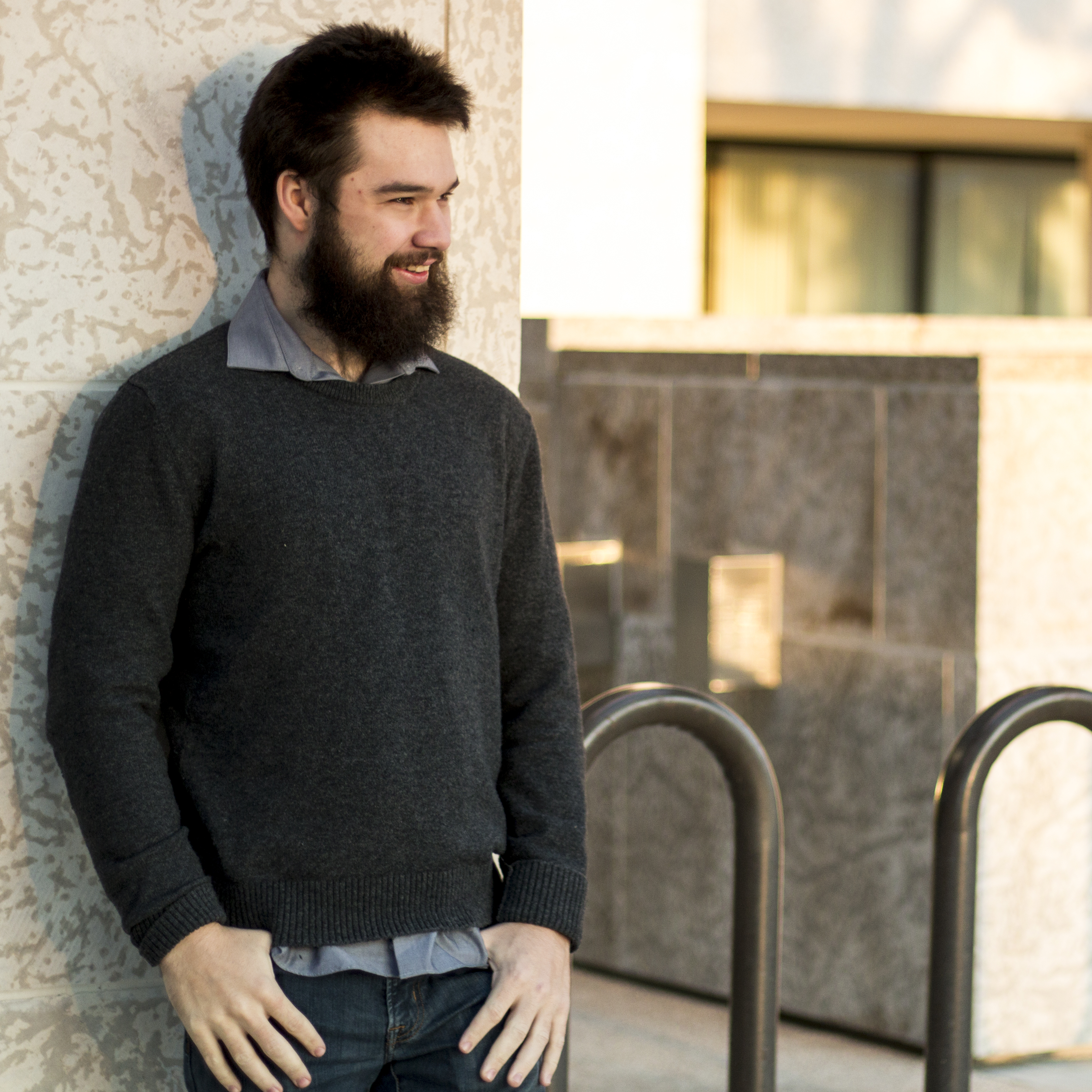Neural interfaces promise to make all tech accessible – it’s not that simple
Better consideration of ethics and practical implementation are needed if disabled people are to benefit from neural interfaces


Disabled people generally have an, at best, uneasy relationship with new technology. On one hand, technology can help with playing video games via adaptive controllers, communicating through augmentative and alternative communication (AAC devices) and there are projects dedicated to creating voices for non-speaking people that feel like their own.
For those competing in sports, new technology is a vital part of competitions access – the sport wheelchairs of today are eons beyond their counterparts of yesteryear.
Neural interface technology, which enable people to control devices using their nervous systems, are a potential avenue for improving accessible tech and helping technologists bring their software to everyone. But it’s important to recognize this technology is emerging in a complex landscape – context here is key.
On the other end of the spectrum, technology has been used in all kinds of dangerous ways to worsen the life of disabled people, eroding trust in technology particularly in the medical field. For example, nuclear experiments were carried out on institutionalized, disabled people from the 1940s to 1970s and in the digital landscape, concerns about algorithmic ableism are significant.
This process, in which algorithms discriminate and perpetuate bias against disabled people, has only become relevant thanks to the proliferation of AI tools and social media algorithm changes that often de-prioritize content from marginalized creators, including those with disabilities.
We live in a world where there are subscription services for devices people need in order to communicate their thoughts, while 3D printing creates low-cost and friction options for those who need artificial limbs and small adaptions. Where does that leave us with neural interface technology?
Konstantin Sonkin, the founder and CEO of i-BrainTech says that neural interface technology could be beneficial when it comes to making technology more accessible. But he adds that both the industry and the consumer world need to understand the bigger picture.
Get the ITPro daily newsletter
Sign up today and you will receive a free copy of our Future Focus 2025 report - the leading guidance on AI, cybersecurity and other IT challenges as per 700+ senior executives
“Accessibility is not just about technology,” Sonkin says. “it also requires affordability, simplicity, and real-world integration.
“A major challenge is moving beyond the lab and into everyday life without requiring invasive procedures or highly specialized training. The goal should be to create systems that are reliable, scalable, and user-friendly so that people without technical expertise can benefit…The question is not just can neurointerfaces make technology more accessible, but how we design them to ensure they do.”
The hurdles for neural interfaces
Despite the rampant underlying optimism of technology developments for accessibility available on the internet, there have been recent examples of companies hitting regulatory hurdles. The US’ Federal Trade Commission recently ruled that digital accessibility company accessiBe has to pay a $1 million settlement over allegations it misleadingly marketed the capabilities of its web-based, AI accessibility tool.
Any product promising to improve the lives of disabled people should, of course, be carefully examined for efficacy and reliability. Artificial limbs are another area where technology is both improving access while increasing cost and leading to sentences like, “I can’t go out today, I forgot to charge my leg.”
Those who speak to ITPro are clear that there are a host of barriers before neural interface technology can create a world where all technology is accessible. Even if the majority of the ethical puzzle surrounding them is able to be solved. Jeremiah Robison, the founder and CEO of bionic clothing firm CIONIC, says he’s concerned about a hypothetical situation in which a neural interface company goes belly up or can’t bring its product fully to market.
“The implanted side of neural implants is much more problematic,” Robison tells ITPro. “It is difficult to finance the appropriate plans for offboarding the technology should the innovators go out of business. Do we set aside funds to maintain the product, or to de-implant? How would this limit funding for innovation?”
He adds that the sheer financial reality of getting a neural interface to market can’t be overlooked.
“Practically, it costs a great deal of money to develop neural interfaces and going from IRB trial on a small number of patients to commercial viability is a huge undertaking.”
IRB in this instance refers to a institutional review board, otherwise known as an ethical review board, which oversees research involving human subjects and is responsible for clearing it as ethical.
Better representation is key
Accessibility-focused technologies have a persistent problem, whether it be a wheelchair that climbs stairs, gloves that produce sign language from the spoken word, or neural interfaces zeroed in on helping those with reduced motor function. Namely, they rarely include a wide swathe of disabled people as part of the design process.
Paul Armstrong, an industry consultant and founder of TBD Group, tells ITPro that this has to change in order for the accessibility innovations of neural interfaces to come to fruition.
“The conversation tends to center on pushing human limits, military applications, and consumer tech rather than solving real-world problems for disabled users,” Armstrong says. “There’s enthusiasm around medical breakthroughs, but unless these solutions move beyond lab environments and include disabled people in leadership, design, and testing, accessibility often remains an afterthought over maximising output.
One designer and researcher, Liz Jackson, has popularized the term ‘disability dongle’. This is a piece of technology that seems well intentioned but doesn’t actually help with the real-world problems disabled people are facing in their daily lives. These are tools that, more often than not, raise more questions than they do answers. Questions like: ‘how am I going to pay for this?’ or ‘who is going to sell the replacement part?’. As she told the CBC in 2019: “As designers are spending more and more time trying to come up with a specific fix, that's time and resources that are not allocated to actually innovating access”.
In some disability communities, there is also pushback against the use of neural interface technologies like cochlear implants, seeing their use as a violation of disability cultural norms. In the words of Gallaudet University, the US’ only post secondary program dedicated to deaf and hard of hearing students:
“Among deaf people, the implants are generally hailed as a boon for individuals who lost their hearing later in life, but their use in deaf children has been controversial. The effectiveness and risks of the implants are a major part of the debate, but there is an additional conflict between those who view deafness as impairment and those who see it as a valued part of cultural identity.”
Still, Armstrong says that this technology is closer than ever – and still just as complicated. He advocates for more conversation around who controls neural interface technology, such as whether or not it should be open source, as well as plans to build trust in neural interfaces among historically marginalized groups.
“It's a fascinating time for the area, but not without tough questions and decisions ahead,” he concludes. “But when has progress like what we can taste now ever been so close or as 'easy'.”

John Loeppky is a British-Canadian disabled freelance writer based in Regina, Saskatchewan. He has more than a decade of experience as a professional writer with a focus on societal and cultural impact, particularly when it comes to inclusion in its various forms.
In addition to his work for ITPro, he regularly works with outlets such as CBC, Healthline, VeryWell, Defector, and a host of others. He also serves as a member of the National Center on Disability and Journalism's advisory board. John's goal in life is to have an entertaining obituary to read.

